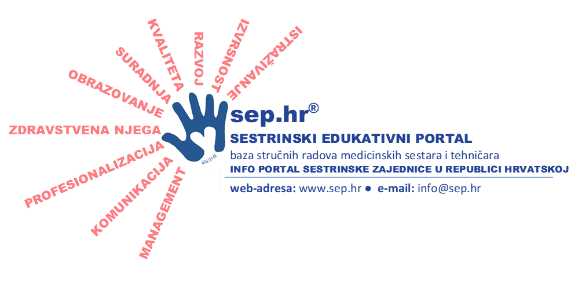Birte Baktoft
Consultant in Critical Care, President of DSACCN, Randers Hospital, Denmark
ICU, adverse events, patients, analysis
''2. Međunarodni kongres HDMSARIST-a''
Šibenik, 23.-26. travnja 2009. godine
Adverse events are a great threat to patients’ safety in Intensive Care Units (ICU). Most adverse events are
caused by staff, but many adverse events are never reported due to the anxiety of prosecution. Adverse
events which occur in ICUs’ increase Length Of Stay (LOS), mortality and morbidity. Beside the
consequences for the patients, the adverse events increase the costs considerably. Due to their conditions
critically ill patients are fare more vulnerable to adverse events than non-critically ill patients.
Aim of the presentation is to highlight the most common causes of adverse events and errors in ICUs and to
introduce Act on Patient Safety in the Danish Health Care System (January, 2004).
The objective of the Act is to improve patient safety by reporting adverse events anonymously and perform
root cause analysis whenever needed, in order to uncover the reason why an adverse event did occur.
The aim of the presentation is also to share the experiences of two root cause analys is from critical care
practise.
The purpose of the law and the reporting system is to learn, not to punish.
With that in mind the numbers of reports have been increasing considerably the last 5 years. The results of
the root cause analysis have lead to major changes in clinical practise in critical care. The Act on Patient
Safety has turned out to be a success in the struggle for preventing adverse events.
By introducing a blame free environment and by performing root cause analysis ICUs are turning into a safer
environment. Critical care nurses have become more open minded and focused on reporting adverse
events.
